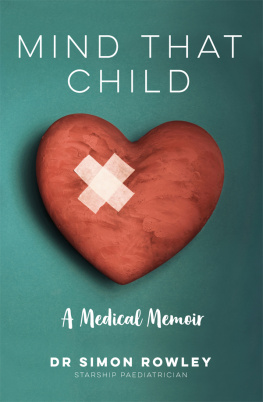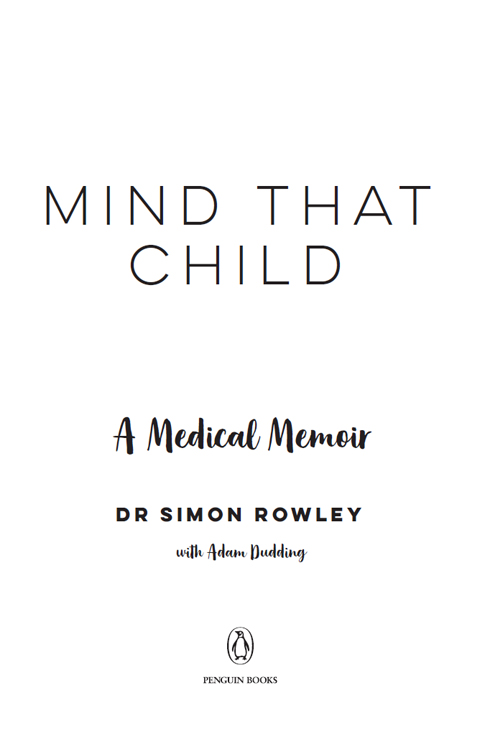CHAPTER 1
WARD ROUND, THURSDAY EVENING
Todays ward round is an eventful one, but its nothing out of the ordinary.
THE BABY IS LYING ON her back. There are oxygen prongs up her nose and a drip connected to her bellybutton, but she seems calm and relaxed not at all concerned as the ultrasonographer repeatedly passes the wand over her tummy while peering at the screen thats playing a grainy black and white movie of the childs insides. As the image is refocused and reframed, zoomed in and out, we can all see the intricate plumbing of the gut, and the heart chambers pumping like little fists clenching and unclenching.
The girls father, a burly fellow in sweatpants and jandals, is watching from the other side of the table with the stunned expression Ive seen before on parents on their first day in this ward a combination of concern, confusion and exhaustion. To him, no doubt, his daughter looks tiny and vulnerable, but to the medical team she looks enormous because, unlike the majority of babies who end up in the level 3 Newborn Intensive Care Unit (NICU), she was born after a full-term pregnancy.
She needs NICUs specialised skills and multimillion-dollar equipment not because shes a preterm but because she has trisomy 21 Down syndrome. As well as the mild to moderate intellectual disability and distinctive facial features caused by her extra chromosome, this means she faces a range of potential health problems, some life-threatening, and she may need swift surgery.
The picture emerging on the ultrasound monitor is partly good: a congenital heart defect often seen in babies with Down syndrome is not present. But there are signs of pulmonary hypertension, where high blood pressure in the lungs hinders the transfer of oxygen to the blood, turning the baby blue. Of even greater concern are blood results which suggest she is at risk of developing leukaemia in later childhood. The hospital haematologists are taking a close interest and making suggestions for future management.
Paediatric trainee Logan Wingate is the registrar responsible for the babys care today, and as the ultrasound investigation continues he talks me through her statistics blood pressure, oxygen saturation, heart rate, breathing patterns, electrolytes, blood sugars, body temperature, bowel motions, general appearance, milk-feed volumes referring only occasionally to the columns of tiny figures in the babys sheaf of notes.
His plan for the rest of the evening sounds about right to me: fluid restriction for hyponatraemia (low blood sodium); monitor the platelets for clotting; keep a close eye on blood pressure. But his suggestion to increase the volume of milk delivered to her stomach via a gastric tube sounds a bit ambitious when your stomachs the size of a walnut, an extra few drops can cause discomfort and interfere with breathing. I suggest he instead aims for five millilitres. Its not exactly an order: whenever possible my role as consultant neonatal paediatrician isnt to boss the registrars around but rather guide them towards figuring things out themselves, but he nods and scribbles a quick note.
I ask the father if hes keeping on top of the growing mountain of information about his daughters condition, and he smiles and nods but says hed rather not have a full update until the mother returns. Shes the one wholl want to hear all the technical details.















